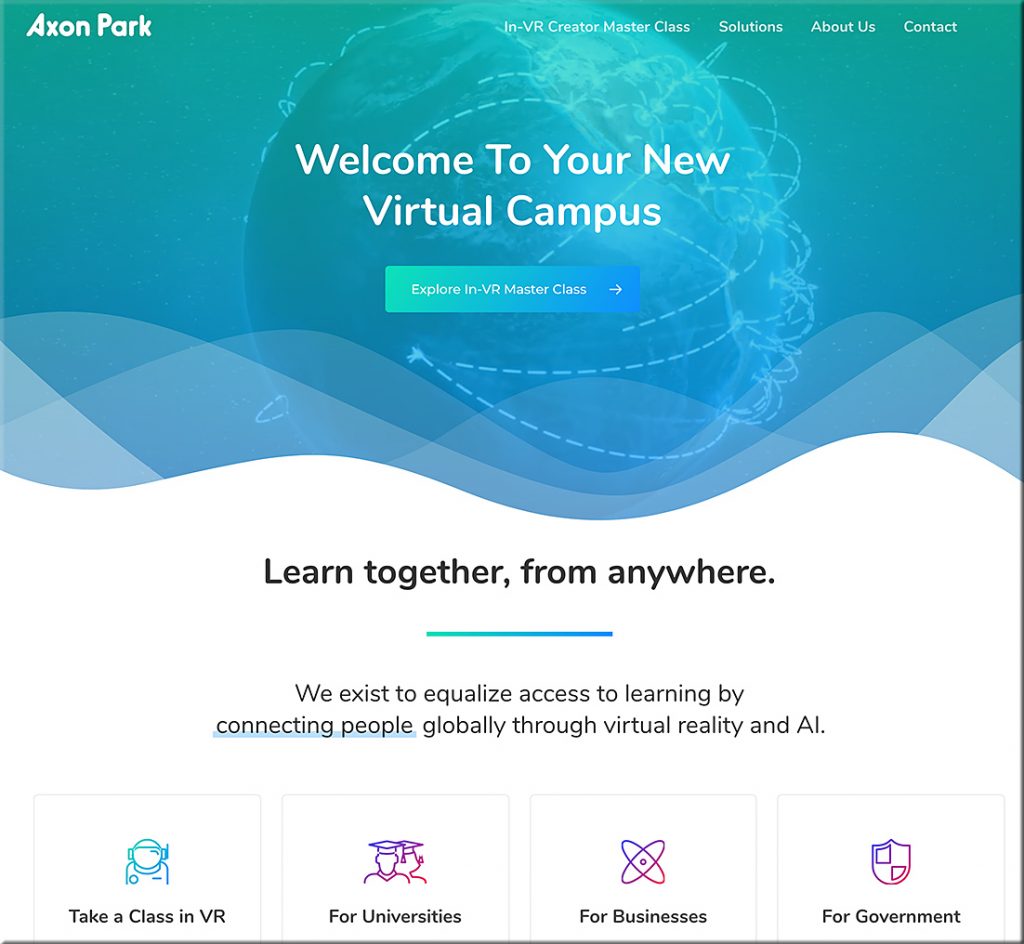
Excerpts:
There’s no crystal ball for the legal industry, just as there’s none for life. That said, industry trends don’t arise out of the ether — they develop over time. These trends collectively form the basis for estimations about what the future of the legal industry will look like.
These industry insiders have studied the trends, and they lent us their insights into the future of law. Take a look:

#AI #legaloperations #legal #lawfirms #lawyers #lawschools #legaltech #disruption #paceofchange
From DSC:
In looking through these perspectives, one can often see the topics of emerging technologies, changing client expectations, and changing business models.
Addendum on 7/1/19:
What Does 2019 Hold for Legal AI? — from law.com by Emily Foges
What developments can we expect in the next year? Where and in what new ways will AI tools be deployed?
Just as accountants no longer imagine life without excel, lawyers will soon be unable to imagine their day-to-day without AI.
…
Technology should be seen to work seamlessly in tandem with the lawyers, surfacing relevant and pertinent information which the lawyer then decides to act on.
















